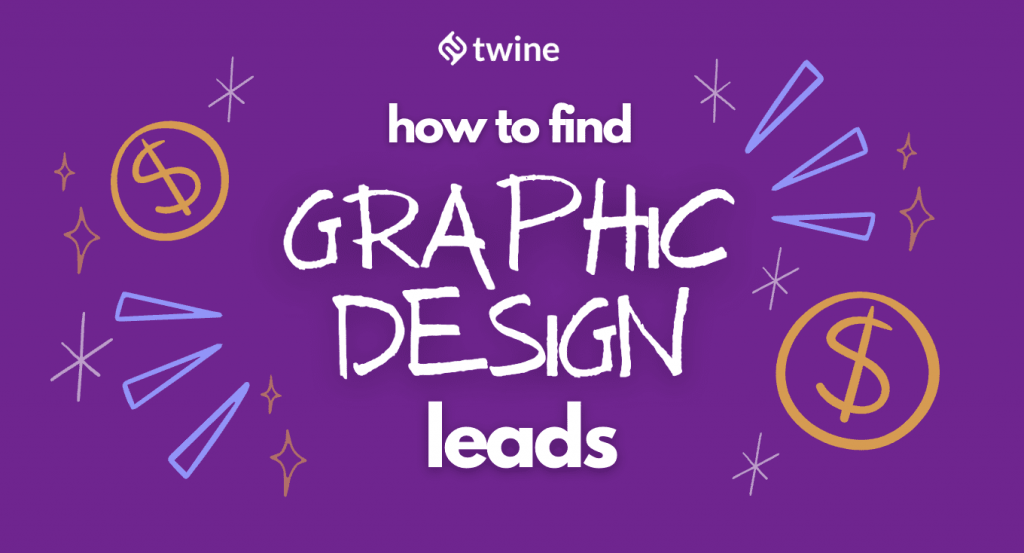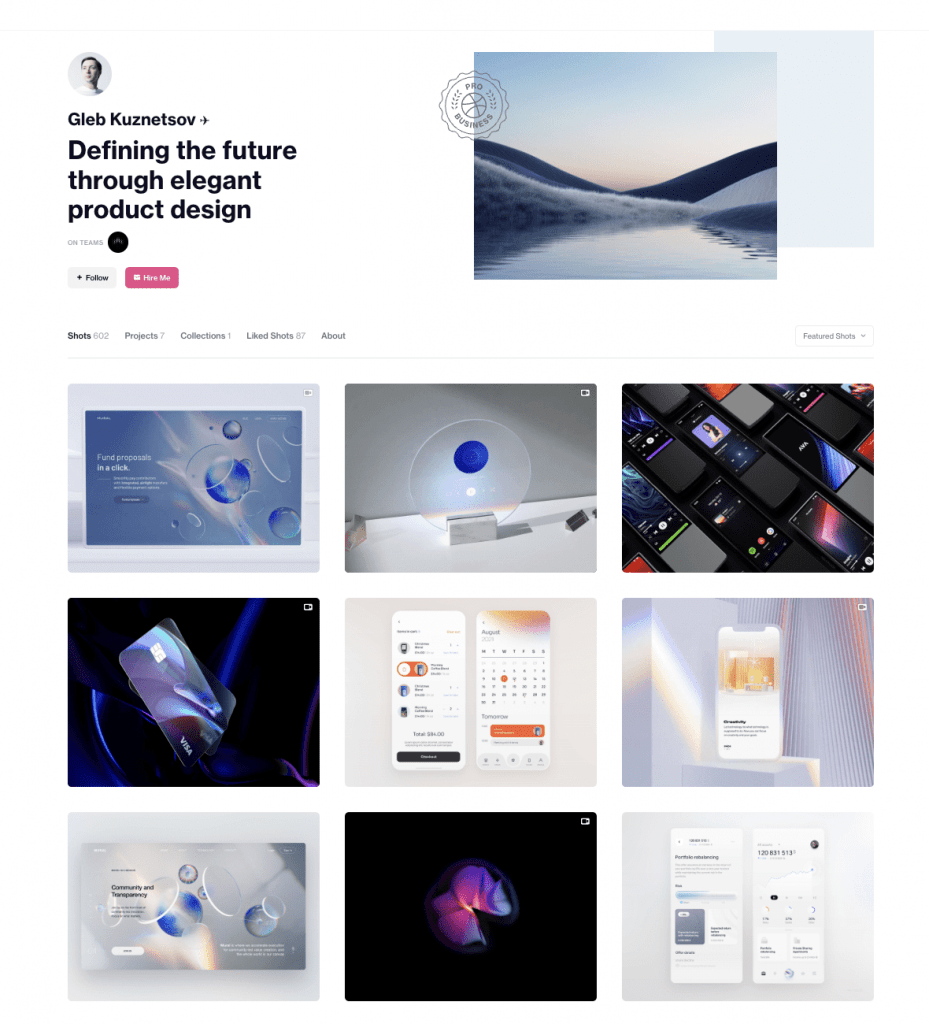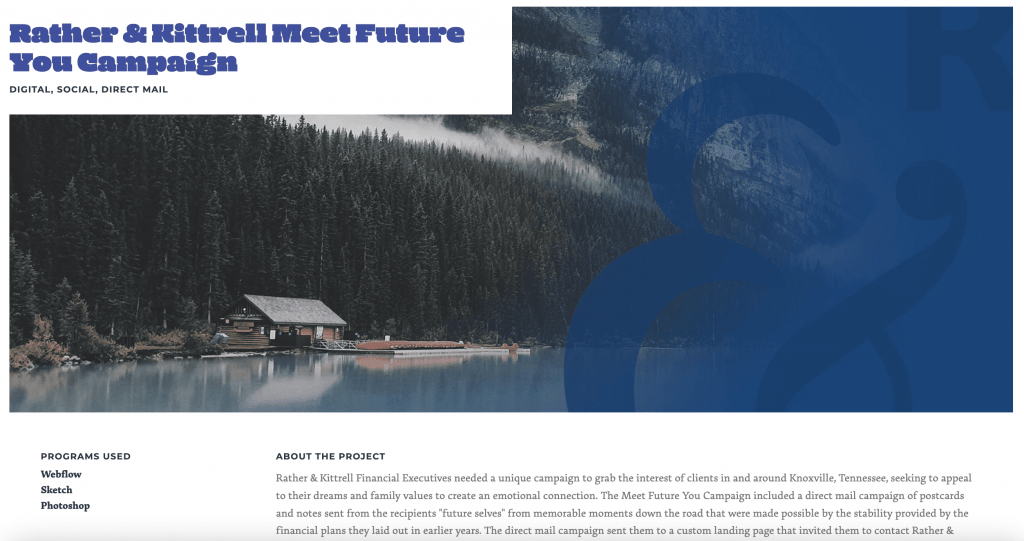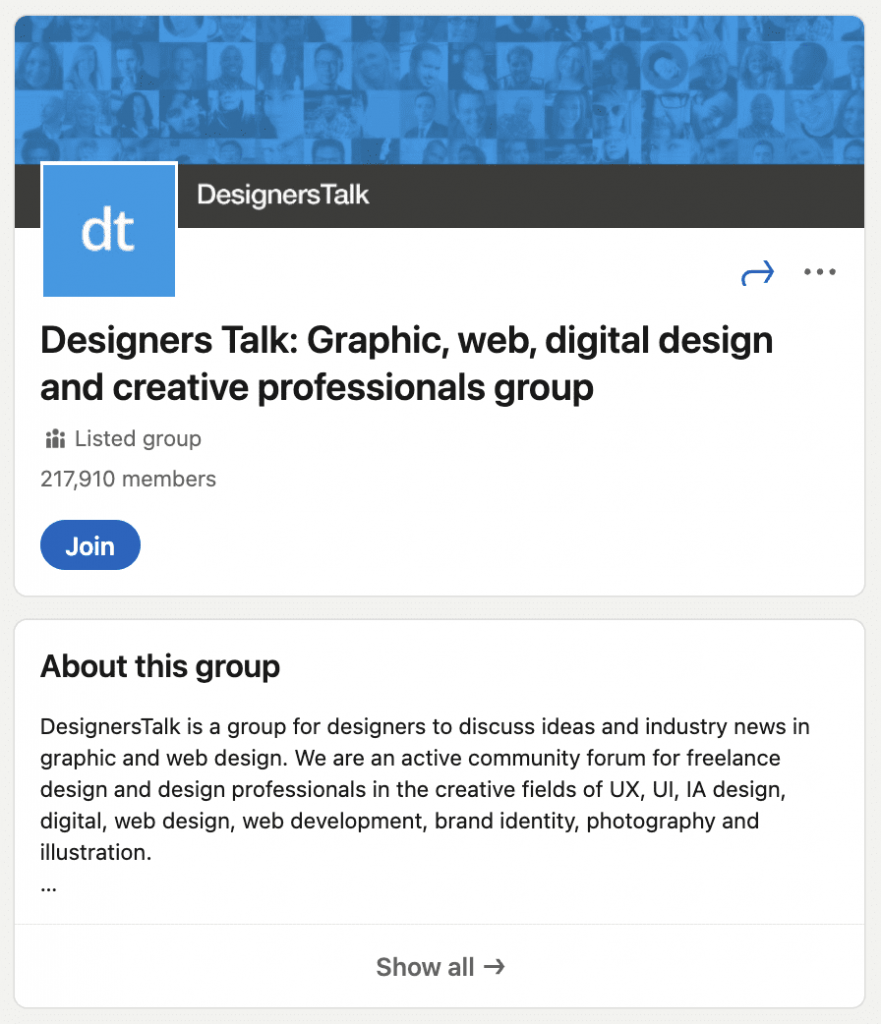
For more Creative Tools, check out the Freelancer Toolkit…
Let’s face it, finding graphic design leads as a freelancer can be hectic but not impossible.
Graphic design freelancers still have the advantage of being in demand. According to research, freelance graphic designers account for about 90% of the entire industry.
As long as you master the art of marketing yourself, you can position yourself to attract the right clients. Sending proposals, signing up on freelance platforms, sending cold emails, and talking to friends are great starting strategies.
To stand out and find quality graphic design leads, however, you need to do more.
Luckily for you, we’ve put this article together to show you how.
Ready? Let’s dive right in.
Ready to earn money for your skills? If you’re a talented Graphic Designer, we’d love to help you.
1. Create A Strong Portfolio
A strong graphic design portfolio is one way to win the hearts of potential clients.
This is how you can flaunt your work to clients and talk about major projects you have successfully delivered on. With a good portfolio, you’ll not only be able to show your great skills but also let prospects know they can reach you for future projects.
Check out Gleb Kuznetsov in the example below. Like him, you should prioritize displaying your designs on a convenient platform and in an attractive manner.

Ready to get some graphic design leads? Here’s your step-by-step guide:
- First, pick a platform – options like Twine, Dribble, or Behance will be effective.
- Show off your best work for prospects to see.
- Personalize your portfolio by adding a unique style to your work.
- Categorize your work if you have different graphic design project types. This way, it’s easier for prospects to surf.
- Use a descriptive bio so clients get to know you.
- Add a call-to-action with your contact information so clients can reach out to you.
It’s not just about the looks…
When creating your portfolio, remember that your clients want to see more than aesthetics. They also need the assurance that you are the right person for the job.
So, ensure you choose a platform that helps you present your work professionally. Research various options to find the best fit for you.
You should also think about creating a professional website and linking to it across social media platforms where you are active.
It will also be good if you share details about the projects you’re displaying—who was the client? What was the need? How did you solve it?
It helps if you include a description that gives prospects a glimpse into your creative process. Something like what the graphic designer Sierra Plese did with the Rather & Kittrell design project.

Before you start with your portfolio, determine who your ideal client is so that you’ll have clarity about the look and feel of your portfolio. You can search for a specific LLC, SaaS company, or personal brand to discover what they are all about and create a portfolio that speaks to them.
2. Use Social Proof
Here’s the truth: clients love testimonials.
In most cases, potential clients will trust the reviews of others that have experienced your services. So, never pass up an opportunity to get one from a happy client.
Encourage customers to leave ratings and good reviews on freelance platforms that you are active on. Then, share these testimonials on your social media platforms, along with your graphic design portfolio or website.
For example, the graphic design freelancer Gent Huruglica uses his Instagram story highlights to share testimonials from clients:
(It’s important to mention that having a good track record and providing quality work for your clients will also encourage them to give you positive feedback.)
By doing this, he creates a solid online presence, positions himself as an authority, and strategically grows his follower base. This is another display of social proof, and will give prospects an insight into his wealth of knowledge and encourage them to work with him.
Certifications are another great way to boost social proof, online. You should take advantage of them as they’ll show prospects that you are constantly improving your skills.
Programs like the Adobe Certified Associate certification (ACA) and specialized courses on platforms like Coursera and Udemy are good opportunities to get certified.
3. Ask Your Clients For Recommendations
Client recommendations serve as word-of-mouth marketing. Having these means less time needed to market yourself!
Like getting reviews, if your clients are pleased with your work, they’ll be more willing to tell their friends and colleagues about you. Build good relationships with your existing clients and ensure they are satisfied with the work you deliver.
To achieve this, endeavor to manage your client’s expectations well. Show them that you prioritize their project needs and are ready to work with them for a solution.
These referrals have the potential to help you develop new and long-term relationships for your graphic design business. Bear in mind that you’ll also need to develop a system that ensures you can effectively work with your existing clients, even after they have helped you with referrals.
4. Focus On Networking
As a graphic designer, you’ll need to master how to actually get graphic design clients in the first place. This is your first step: networking.
Networking is a powerful tool for building beneficial business relationships, involving providing and receiving value.
Some effective ways to network with other professionals may be by attending offline industry events or using co-working spaces. Maximize platforms like Facebook or LinkedIn groups, where you can connect with freelance graphic designers and other professionals that can be useful to your growth online.
For example, Designers Talk is a LinkedIn group where graphic designers can have conversations about design trends and professional experiences.

With Twitter, you can search for other design profiles and prospective clients to follow. Do this so that you can easily find and contribute to conversations that are relevant to you and put yourself out there in the process.
Apart from regular social channels, you can also network on freelancer-specific communities, like Twine…
Conclusion
In truth, growing as a freelance graphic designer should be something you enjoy doing.
This article has shown you how to get graphic design leads by creating a strong portfolio, using social proof, asking clients for recommendations, and focusing on networking.
When you do these things, you’re leaving a trail that attracts clients to you. Now, it’s time to put these ideas to work and attract your new leads.
Good luck!








